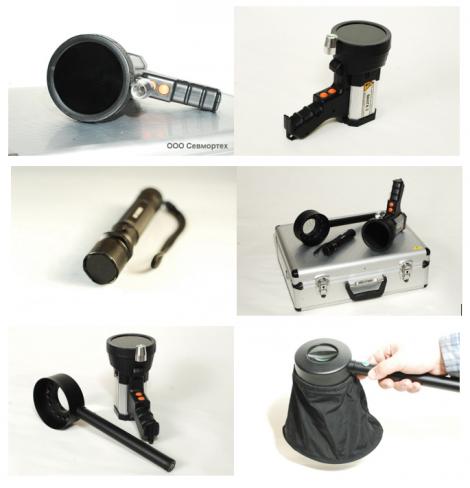The need for UV sources for non-destructive testing is increasing due to the ever-increasing proliferation of nuclear weapon states around the world. While nuclear proliferation is a problem for all nations, it is an especially pressing problem for those developing nations that are trying to build nuclear power plants and weapons capabilities. The proliferation of nuclear weapon tests has created a need for more accurate methods of testing and the means of producing cost-effective non-destructive testing equipment. Currently there are a few different options available for testing equipment using UV radiation.

Radiotherapy: As the name indicates, radiotherapy uses extremely high-energy radiation such as x-rays and gamma rays to kill cancer cells in cancerous tissue. The x-ray is the most common type of radiotherapy used. The x-ray beam is usually directed at the test subject and is not absorbed by the skin or surrounding tissue. Another form of radiotherapy is stimulated energy, which is applied to test equipment or human test subjects directly. UV sources for non- destructive testing
Ultrasonic NDT: This non-destructive testing method relies on the infra-red sound waves that are emitted from a machine gun. These waves are very energetic, able to penetrate many layers of solid material. The gun shoots straight high frequency ultrasonic waves in the direction of the targeted area. The emitted waves destroy any foreign object with the frequency of the waves.
Ions: Radioactive sources such as uranium, plutonium and radium can be used to create controlled releases of ions. In many cases, the release of ions is within the scope of the non-destructive testing procedure itself. However, the use of ionizing agents or devices must be directly related to the materials being tested. Examples include:
Radon: This is a naturally occurring radioactive gas that is stored deep in the earth’s surface. When it comes into contact with other sources of radiation or the human body, the radioactive material produces gamma rays that will normally harm living cells. However, there are some types of radioactive material that release their own particles into the atmosphere, thereby creating an environmental risk to those who live in the vicinity. For example, radon gas released from the earth’s surface can enter our homes and affect us, while airborne radioactive material can spread through the air.
The types of non-destructive testing devices used will vary according to the situation and specific requirements of the testing project. However, one common feature is that the device must be able to generate high quality results from a short source of energy. Different techniques and methods are available to achieve this, and the best way to decide on which is most appropriate for the situation is to consult with an expert in the field. They will be best able to evaluate the situation and recommend the best option for non-destructive testing.